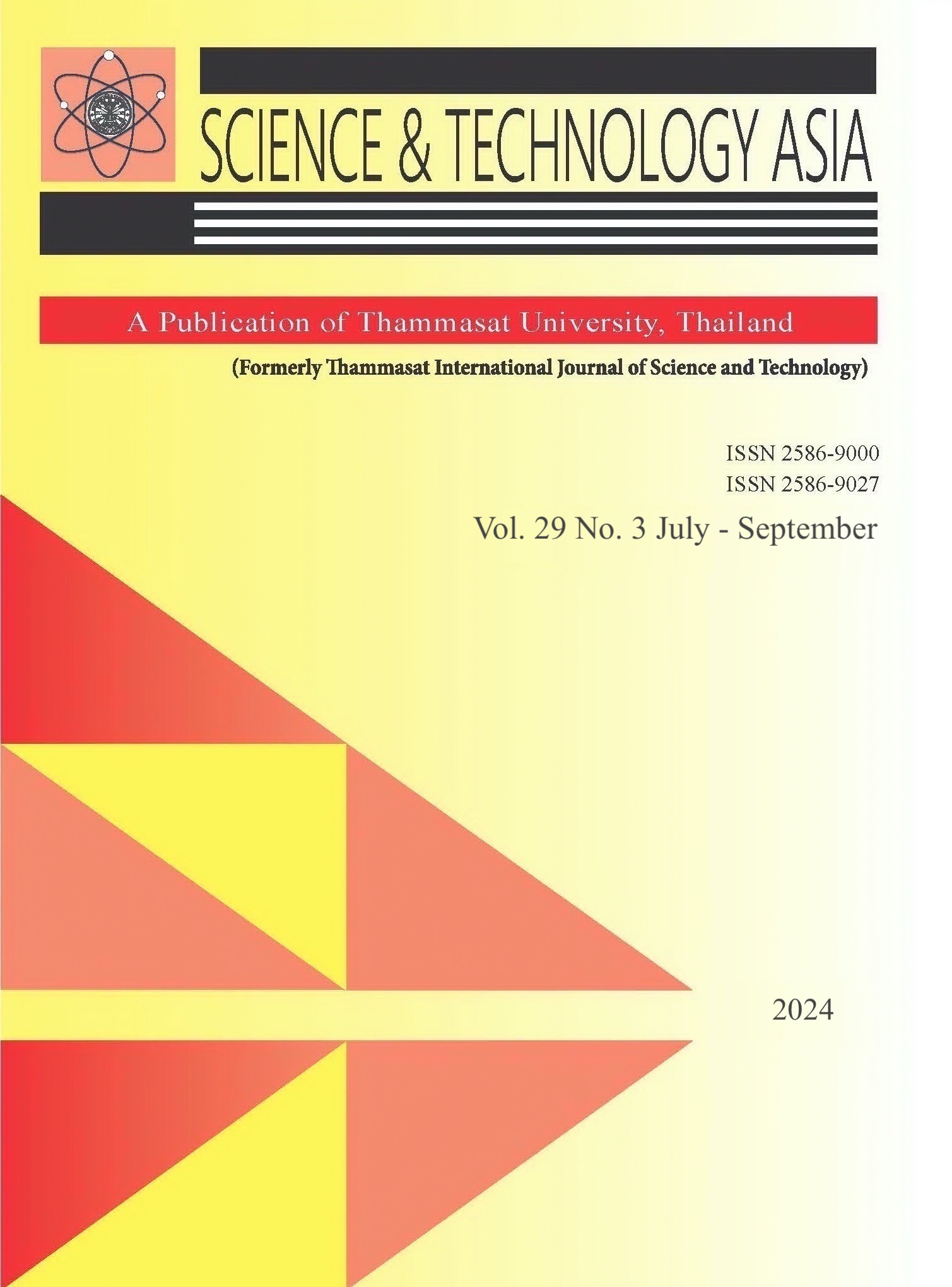Ground Water Quality Assessment with Reference of TDS and EC
Main Article Content
Abstract
Groundwater is one of the natural water resources for domestic activities like bathing, washing, drinking, etc. , and agriculture purposes. Due to rapid growth in population, industrialization, urbanization intensive agriculture practices and over exploitation, the quality and quantity of groundwater are deteriorating. The objective of this investigation was to analyze the electrical conductivity (EC) and total dissolved solids (TDS) as water quality parameters. Twenty sampling sites of groundwater of Mathura district were gathered from various sources, including hand pumps and tube wells. According to this study, 40 percent of the samples were found within the acceptable limit for drinking, which is 500– 1000 mg/ L as defined by World Health Organization (WHO, 2017) and Bureau of Indian Standards (BIS, 2012), while sixty percent were above the allowable limit. Therefore, most samples of the groundwater in Mathura, Uttar Pradesh, do not meet the drinking water standards. These results indicate that the quality of water is not suitable for potable and irrigation purposes. Exceeding the suggested TDS thresholds in water can elevate the consumption of detrimental minerals such as lead, arsenic, and fluoride, as well as salts, which can lead to long- term gastrointestinal and cardiovascular problems after prolonged consumption. This research investigation provides insight into the pristine state of ground water quality in the study area and is hence relevant for water quality assessments in various domestic regions.
Article Details

This work is licensed under a Creative Commons Attribution-NonCommercial-NoDerivatives 4.0 International License.
References
Barbash JE, Thelin GP, Kolpin DW, Gilliom RJ. Major herbicides in ground water. J Environ Qual [Internet]. 2001;30(3):831–45. Available from: https://dl-sciencesocieties-org.subzero.lib.uoguelph.ca/publications/jeq/abstracts/30/3/831
Singh S, Ghosh NC, Krishan G, Kumar S, Gurjar S, Sharma MK. Development of indices for surface and ground water quality assessment and characterization for Indian conditions. Environ Monit Assess. 2019;191(3):1–20.
Rosen MR, Lapham WW. Introduction to the U.S. Geological Survey National Water‐Quality Assessment (NAWQA) of Ground‐Water Quality Trends and Comparison to Other National Programs. J Environ Qual. 2008;37(S5):190–8.
Vasanthavigar M, Srinivasamoorthy K, Vijayaragavan K, Rajiv Ganthi R, Chidambaram S, Anandhan P, et al. Application of water quality index for groundwater quality assessment: Thirumanimuttar sub-basin, Tamilnadu, India. Environ Monit Assess. 2010 Dec;171(1–4):595–609.
Rao GS, Nageswararao G. Assessment of Groundwater quality using Water Quality Index. Arch Environ Sci. 2013;7:1–5.
Reza R, SINGH Professor G, Professor A. Application of Heavy Metal Pollution Index for Ground Water Quality Assessment in Angul District of Orissa, India I J E S. Int J Environ Sci. 2019;2(1).
Kolli K, Seshadri R. Ground Water Quality Assessment using Data Mining Techniques. Int J Comput Appl. 2013;76(15):39–45.
Khanam Zeba and Singh Vir. Research artical assessment near polluted canal area in kichha town uttarakhand, India. Int J Recent Sci Res. 2014;5(2):362–8.
Adhikary PP, Chandrasekharan H, Chakraborty D, Kamble K. Assessment of groundwater pollution in West Delhi, India using geostatistical approach. Environ Monit Assess. 2010;167(1–4):599–615.
Apha A. Wpcf.(2012) Standard methods for the examination of water and wastewater. Am Public Heal Assoc Washingt. 2012;
Kiplangat N, Nelly KC, Mutua F. Ground Water Quality Assessment Using GIS and Remote Sensing : A Case Study of Juja Location , Kenya Ground Water Quality Assessment Using GIS and Remote. Am J Geogr informartion Syst. 2011;5(1):12–23.
Sonawane GH, Shrivastava VS. Ground Water Quality Assessment Nearer to the Dye user Industry. Arch Appl Sci Res [Internet]. 2010;2(6):126–30. Available from: www.scholarsresearchlibrary.com
N. Ahmad, Z. Seni and MA. Ground Water Quality Assessment Using Multi-Rectangular Diagrams. Ground Water. 2003;41(6):828–32.
Jain CK, Bandyopadhyay A, Bhadra A. Assessment of ground water quality for drinking purpose, District Nainital, Uttarakhand, India. Environ Monit Assess. 2010;166(1–4):663–76.
Bis I. 10500 Indian standard drinking water–specification, second revision. Bur Indian Stand New Delhi. 2012;
Dar IA, Sankar K, Dar MA. Spatial assessment of groundwater quality in Mamundiyar basin, Tamil Nadu, India. Environ Monit Assess. 2011;178(1–4):437–47.
Jena VK, Sinha D. Ground water quality assessment by multivariate factor analysis. Res J Chem Environ. 2017;21(8):21–5.
Parparov A. Water Quality Assessment, Trophic Classification and Water Resources Management. J Water Resour Prot. 2010;02(10):907–15.
Lu RS, Lo SL, Hu JY. Analysis of reservoir water quality using fuzzy synthetic evaluation. Stoch Environ Res Risk Assess. 1999;13(5):327–36.
Dar SA, Rashid I, Bhat SU. Land system transformations govern the trophic status of an urban wetland ecosystem: Perspectives from remote sensing and water quality analysis. L Degrad Dev. 2021;32(14):4087–104.


